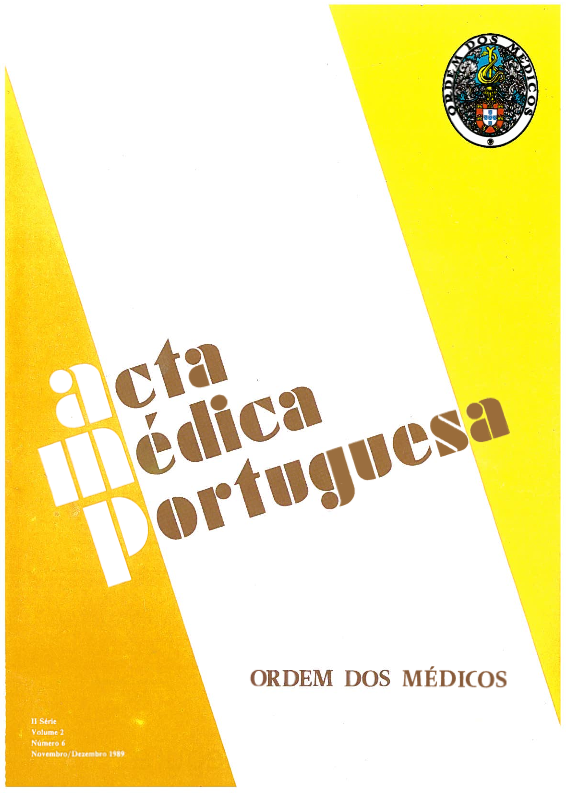Semiologic considerations and clinical significance of magnetic resonance in 11 intracranial aneurysms.
DOI:
https://doi.org/10.20344/amp.3495Abstract
The author's experience with high-field Magnetic Resonance (Signa, 1.5 T, G.E.) in 11 cases of intracranial aneurysms (6 presenting as space lesion and 5 with symptoms of rupture) is reported. Spin-echo, gradient-echo and GRASS (fast-scan or flip-angle) sequences have been used and results compared with those of CT-scan and angiography. Magnetic Resonance findings, relating to blood flow and oxidation of haemoglobin (within the lumen, in the wall and at the periphery of the aneurysm) were interpreted from the point of diagnosis and surgical planning. The authors concluded that Magnetic Resonance should be considered as a routine investigation for intracranial aneurysms particularly when it is suspected that they might be voluminous and/or thrombosed.Downloads
Downloads
How to Cite
Issue
Section
License
All the articles published in the AMP are open access and comply with the requirements of funding agencies or academic institutions. The AMP is governed by the terms of the Creative Commons ‘Attribution – Non-Commercial Use - (CC-BY-NC)’ license, regarding the use by third parties.
It is the author’s responsibility to obtain approval for the reproduction of figures, tables, etc. from other publications.
Upon acceptance of an article for publication, the authors will be asked to complete the ICMJE “Copyright Liability and Copyright Sharing Statement “(http://www.actamedicaportuguesa.com/info/AMP-NormasPublicacao.pdf) and the “Declaration of Potential Conflicts of Interest” (http:// www.icmje.org/conflicts-of-interest). An e-mail will be sent to the corresponding author to acknowledge receipt of the manuscript.
After publication, the authors are authorised to make their articles available in repositories of their institutions of origin, as long as they always mention where they were published and according to the Creative Commons license.









